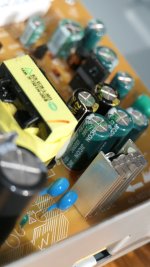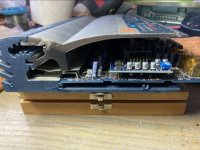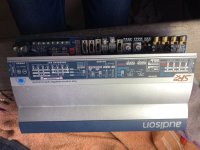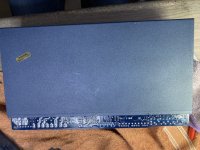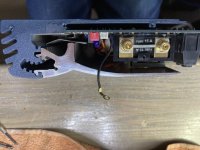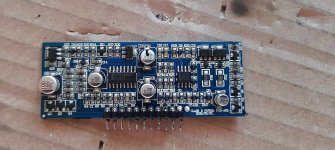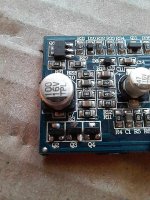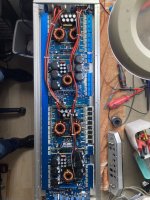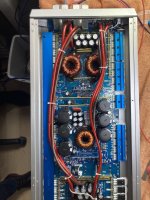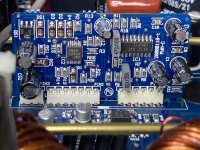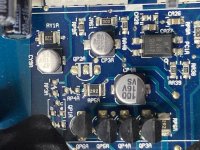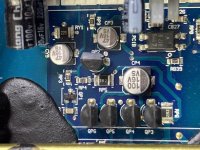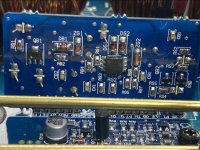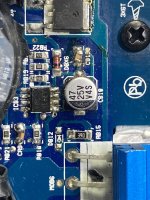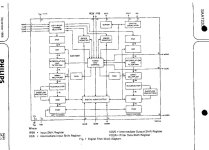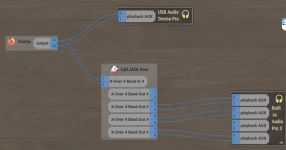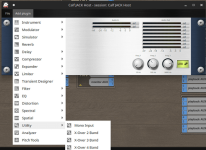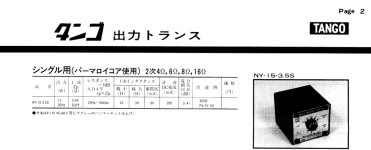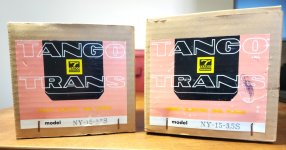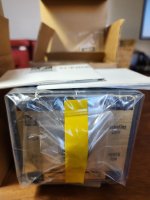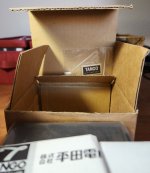Aiyima TPA3251 Modification Build Thread!
I'm starting this TPA3251 Modification Build thread so that everyone has a direct path for any and all modifications they wish to explore.
Like many of you Class D fans, I purchased the Aiyima TPA3251 A04 amplifier. After break-in and listening to it for awhile I realized that even though it sounds pretty darn good, it could potentially sound even better. So I then started to research what mods I thought it should get, after a lot of contemplation I came up with my build plan. Though my build plan exceeds the cost of my initial purchase price of ~$42 dollars, I believe I will end up with a Class D amp that sounds better than "many" higher dollar name brand amps. Plus this is simply a fun build, so I'm totally good with spending a few extra dollars in the quest to achieve magical sound.
For anyone that owns an Aiyima TPA3251 and is interested in modding it, please post up any & all mods that you've made or plan to make with pictures if possible. This way we can learn what works best with new innovative ideas. Also please state where you're buying your new parts from, this is very important because there are many fakes on the market. Almost* everything on my list was bought from either Mouser or Digi-Key USA, this way as a community we'll know that the sound performance we get is from a genuine part and not a fake.
My personal volume listening range is marked in Red and my Klipsch 8Ω speakers are very efficient at 95dB, thus the reason I chose the 10 uH inductors. If you like to play your music louder/harder Or you have less efficient speakers which requires you to push the amp harder, then you might want to consider a 7 uH inductor with the appropriate capacitor uF rating.
[0%----I-----25%----------50%---------75%----------100%] Of the usable volume range.
Texas Instruments LC Filter Design:
Page #17 (3.8 LC Filter Quick Selection Guide)
https://www.ti.com/lit/an/slaa701a/...A%2F%2Fwww.ti.com%2Ftool%2FLCFILTER-CALC-TOOL
8Ω Efficient Speakers Driven Light To Medium Hard = 10 uH Inductors & 0.47 uF Caps / 8 Ω Speakers Driven Medium Hard To Very Hard = 7 uH Inductors & 0.47** uF Caps
6Ω Efficient Speakers Driven Light To Medium Hard = 10 uH Inductors & 0.68 uF Caps / 6 Ω Speakers Driven Medium Hard To Very Hard = 7 uH Inductors & 0.47 uF Caps
4Ω Efficient Speakers Driven Light To Medium Hard = 10 uH Inductors & 1.0 uF Caps / 4 Ω Speakers Driven Medium Hard To Very Hard = 7 uH Inductors & 1.0 uF Caps
"From the results of the inductor study with the TPA3251 device, it is clear that the inductor plays a large role in the audio performance and total system power dissipation. Inductance value, DCR, linearity, and core loss factor into the total system performance and must be considered based on the design goals of a specific application. For the TPA32xx family of devices, a 7-µH inductor is a better value for performance-oriented applications due to improved linearity and generally improved distortion performance over higher inductances. However, for a more power-efficient system, 10-µH may be a better selection due to the reduced ripple current with a slight penalty on performance. In both cases, core loss must be considered as well as DCR. Although a 10-µH inductor may show improved power dissipation for low output power due to reduced ripple current, if it has high DCR, the losses may be greater at high currents than a 7-µH inductor with higher ripple current."
Humble Homemade HiFi Capacitor Test:
This is an excellent guide for choosing a capacitor.
Humble Homemade Hifi - Cap Test
Bypass Capacitors:
"A bypass capacitor is a capacitor that shorts AC signals to ground, so that any AC noise that may be present on a DC signal is removed, producing a much cleaner and pure DC signal. A bypass capacitor essentially bypasses AC noise that may be on a DC signal, filtering out the AC, so that a clean, pure DC signal goes through without any AC ripple."
What is a Bypass Capacitor?
"Roughly speaking", the formula for choosing a bypass capacitor is 1% of the total of the capacitor you want to bypass. If you own an oscilloscope, that would be the best way to choose a bypass cap. Having said this, most use a 0.1 uF OR 0.01 uF bypass cap.
************************************************************************************************************************
My Modification Build List:
1) Op Amps, OPA1656 (2)
Elna RFS SILMIC II, 10 uF 25v Plus a Russian K42Y-2 PIO 10%, 0.1 250v as a "double" bypass cap combo on Op Amp pin 4 (Neg.) & pin 8 (Pos.)
2) Wurth Elektronik 7443631000, 10 uH Shielded Inductors mounted on their sides to save space. (4), Location = L2, L4, L6, L8
2a) Coilcraft VER2923-103KL, 10 uH Shielded Inductors mounted on their sides to save space. (4), Location = L2, L4, L6, L8
At this point I will only recommend the Wurth Shielded Inductors, the Coilcraft are to big and mounting them will be difficult.(See post #4)
3) Nichicon LKG Gold Tune, 3300 uF 50v, LKG1H332MESZBK*** (2), Location = C36, C37 (High Ripple Current at 2.8A)
Wima MKP 10, 0.1 uF 250v OR Russian K40Y-9 PIO 10%, 0.1 200v (2), Location = C36, C37 as a possible Bypass Cap.
4) Russian K42Y-2 0.47 uF 160v PIO 10%. (4), Location = C32, C33, C38, C39
Wima MKP 10 OR Rifa PHE426 0.01 uF 250v (4) Location = C32, C33, C38, C39 as a possible Bypass Cap.
4a) Russian KZK K78-34 0.47 uF 250v 5%. (4), Location = C32, C33, C38, C39
Wima MKP 10, 0.01 uF 250v OR Russian K40Y-9 PIO 10%, 0.01 200v, (4) Location = C32, C33, C38, C39 as a possible Bypass Cap.
4b) Wima MKP 10, 0.47 uF 250v, MKP1F034704J00JSSD, (4), Location = C32, C33, C38, C39
Russian K40Y-9 PIO 10%, 0.01 200v, (4) Location = C32, C33, C38, C39 as a possible Bypass Cap.
4c) Kemet (Rifa) PHE426 0.47 uF 250v, PHE426HB6470JR06, (4) Location = C32, C33, C38, C39
Russian K40Y-9 PIO 10%, 0.01 200v, (4) Location = C32, C33, C38, C39 as a possible Bypass Cap.
5) Elna RFS SILMIC II, 22 uF 25v, (4), Location = C5, C10, C15, C20
Russian K40Y-9 PIO 10%, 0.01 200v (4), Location = C5, C10, C15, C20 as a possible Bypass Cap.
6) Meanwell LRS-200-36, 36 Volt / 5.9 Amp Switching Power Supply. (1)
7) Nichicon LKG Gold Super Through, 2200 uF 50v, LKG1H222MESACK (1), Smoothing Capacitor for the positive & negative output terminals of the Meanwell LRS-200-36 PSU. Bypass capacitor choices will be the Wima MKP 10, 0.1 uF 250v and the Russian K40Y-9 PIO 10%, 0.01 200v.
8) Volume Potentiometer, I'm totally open to suggestions because the stock Aiyima could be better. Size of course is a major concern.
9) OFC 20 AWG (2x = 17 AWG) pure copper build wire and silver solder.
10) Everything gets plugged into my Panamax M4300-PM surge/power conditioner for cleaner power.
Rob43
* The K42Y-2, K78-34, & K40Y-9 capacitors come from Russia.
**This is a guess, I'd also consider trying a 0.39 uF capacitor. Possibly a Kemet (Rifa) PHE426 0.39 uF OR KZK K78-34 0.39 uF 250v in this location.
*** This capacitor is 50mm's tall and will require case modification to fit.
Like many of you Class D fans, I purchased the Aiyima TPA3251 A04 amplifier. After break-in and listening to it for awhile I realized that even though it sounds pretty darn good, it could potentially sound even better. So I then started to research what mods I thought it should get, after a lot of contemplation I came up with my build plan. Though my build plan exceeds the cost of my initial purchase price of ~$42 dollars, I believe I will end up with a Class D amp that sounds better than "many" higher dollar name brand amps. Plus this is simply a fun build, so I'm totally good with spending a few extra dollars in the quest to achieve magical sound.
For anyone that owns an Aiyima TPA3251 and is interested in modding it, please post up any & all mods that you've made or plan to make with pictures if possible. This way we can learn what works best with new innovative ideas. Also please state where you're buying your new parts from, this is very important because there are many fakes on the market. Almost* everything on my list was bought from either Mouser or Digi-Key USA, this way as a community we'll know that the sound performance we get is from a genuine part and not a fake.
My personal volume listening range is marked in Red and my Klipsch 8Ω speakers are very efficient at 95dB, thus the reason I chose the 10 uH inductors. If you like to play your music louder/harder Or you have less efficient speakers which requires you to push the amp harder, then you might want to consider a 7 uH inductor with the appropriate capacitor uF rating.
[0%----I-----25%----------50%---------75%----------100%] Of the usable volume range.
Texas Instruments LC Filter Design:
Page #17 (3.8 LC Filter Quick Selection Guide)
https://www.ti.com/lit/an/slaa701a/...A%2F%2Fwww.ti.com%2Ftool%2FLCFILTER-CALC-TOOL
8Ω Efficient Speakers Driven Light To Medium Hard = 10 uH Inductors & 0.47 uF Caps / 8 Ω Speakers Driven Medium Hard To Very Hard = 7 uH Inductors & 0.47** uF Caps
6Ω Efficient Speakers Driven Light To Medium Hard = 10 uH Inductors & 0.68 uF Caps / 6 Ω Speakers Driven Medium Hard To Very Hard = 7 uH Inductors & 0.47 uF Caps
4Ω Efficient Speakers Driven Light To Medium Hard = 10 uH Inductors & 1.0 uF Caps / 4 Ω Speakers Driven Medium Hard To Very Hard = 7 uH Inductors & 1.0 uF Caps
"From the results of the inductor study with the TPA3251 device, it is clear that the inductor plays a large role in the audio performance and total system power dissipation. Inductance value, DCR, linearity, and core loss factor into the total system performance and must be considered based on the design goals of a specific application. For the TPA32xx family of devices, a 7-µH inductor is a better value for performance-oriented applications due to improved linearity and generally improved distortion performance over higher inductances. However, for a more power-efficient system, 10-µH may be a better selection due to the reduced ripple current with a slight penalty on performance. In both cases, core loss must be considered as well as DCR. Although a 10-µH inductor may show improved power dissipation for low output power due to reduced ripple current, if it has high DCR, the losses may be greater at high currents than a 7-µH inductor with higher ripple current."
Humble Homemade HiFi Capacitor Test:
This is an excellent guide for choosing a capacitor.
Humble Homemade Hifi - Cap Test
Bypass Capacitors:
"A bypass capacitor is a capacitor that shorts AC signals to ground, so that any AC noise that may be present on a DC signal is removed, producing a much cleaner and pure DC signal. A bypass capacitor essentially bypasses AC noise that may be on a DC signal, filtering out the AC, so that a clean, pure DC signal goes through without any AC ripple."
What is a Bypass Capacitor?
"Roughly speaking", the formula for choosing a bypass capacitor is 1% of the total of the capacitor you want to bypass. If you own an oscilloscope, that would be the best way to choose a bypass cap. Having said this, most use a 0.1 uF OR 0.01 uF bypass cap.
************************************************************************************************************************
My Modification Build List:
1) Op Amps, OPA1656 (2)
Elna RFS SILMIC II, 10 uF 25v Plus a Russian K42Y-2 PIO 10%, 0.1 250v as a "double" bypass cap combo on Op Amp pin 4 (Neg.) & pin 8 (Pos.)
2) Wurth Elektronik 7443631000, 10 uH Shielded Inductors mounted on their sides to save space. (4), Location = L2, L4, L6, L8
2a) Coilcraft VER2923-103KL, 10 uH Shielded Inductors mounted on their sides to save space. (4), Location = L2, L4, L6, L8
At this point I will only recommend the Wurth Shielded Inductors, the Coilcraft are to big and mounting them will be difficult.(See post #4)
3) Nichicon LKG Gold Tune, 3300 uF 50v, LKG1H332MESZBK*** (2), Location = C36, C37 (High Ripple Current at 2.8A)
Wima MKP 10, 0.1 uF 250v OR Russian K40Y-9 PIO 10%, 0.1 200v (2), Location = C36, C37 as a possible Bypass Cap.
4) Russian K42Y-2 0.47 uF 160v PIO 10%. (4), Location = C32, C33, C38, C39
Wima MKP 10 OR Rifa PHE426 0.01 uF 250v (4) Location = C32, C33, C38, C39 as a possible Bypass Cap.
4a) Russian KZK K78-34 0.47 uF 250v 5%. (4), Location = C32, C33, C38, C39
Wima MKP 10, 0.01 uF 250v OR Russian K40Y-9 PIO 10%, 0.01 200v, (4) Location = C32, C33, C38, C39 as a possible Bypass Cap.
4b) Wima MKP 10, 0.47 uF 250v, MKP1F034704J00JSSD, (4), Location = C32, C33, C38, C39
Russian K40Y-9 PIO 10%, 0.01 200v, (4) Location = C32, C33, C38, C39 as a possible Bypass Cap.
4c) Kemet (Rifa) PHE426 0.47 uF 250v, PHE426HB6470JR06, (4) Location = C32, C33, C38, C39
Russian K40Y-9 PIO 10%, 0.01 200v, (4) Location = C32, C33, C38, C39 as a possible Bypass Cap.
5) Elna RFS SILMIC II, 22 uF 25v, (4), Location = C5, C10, C15, C20
Russian K40Y-9 PIO 10%, 0.01 200v (4), Location = C5, C10, C15, C20 as a possible Bypass Cap.
6) Meanwell LRS-200-36, 36 Volt / 5.9 Amp Switching Power Supply. (1)
7) Nichicon LKG Gold Super Through, 2200 uF 50v, LKG1H222MESACK (1), Smoothing Capacitor for the positive & negative output terminals of the Meanwell LRS-200-36 PSU. Bypass capacitor choices will be the Wima MKP 10, 0.1 uF 250v and the Russian K40Y-9 PIO 10%, 0.01 200v.
8) Volume Potentiometer, I'm totally open to suggestions because the stock Aiyima could be better. Size of course is a major concern.
9) OFC 20 AWG (2x = 17 AWG) pure copper build wire and silver solder.
10) Everything gets plugged into my Panamax M4300-PM surge/power conditioner for cleaner power.
Rob43
* The K42Y-2, K78-34, & K40Y-9 capacitors come from Russia.
**This is a guess, I'd also consider trying a 0.39 uF capacitor. Possibly a Kemet (Rifa) PHE426 0.39 uF OR KZK K78-34 0.39 uF 250v in this location.
*** This capacitor is 50mm's tall and will require case modification to fit.
Attachments
-
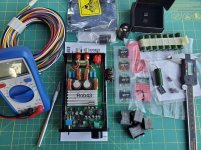 thumbnail (2).jpg167.9 KB · Views: 5,381
thumbnail (2).jpg167.9 KB · Views: 5,381 -
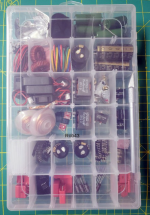 thumbnail_(20)_-_Edited_(2) - Edited.png576 KB · Views: 5,468
thumbnail_(20)_-_Edited_(2) - Edited.png576 KB · Views: 5,468 -
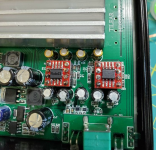 thumbnail_(18)_-_Edited_(4).png717.5 KB · Views: 5,608
thumbnail_(18)_-_Edited_(4).png717.5 KB · Views: 5,608 -
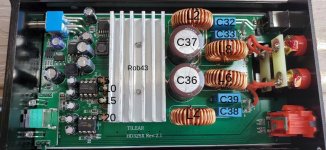 thumbnail (1).jpg113.7 KB · Views: 5,447
thumbnail (1).jpg113.7 KB · Views: 5,447 -
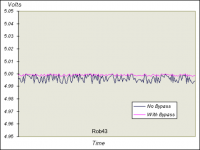 basics1_-_Edited.png24.3 KB · Views: 4,929
basics1_-_Edited.png24.3 KB · Views: 4,929 -
 thumbnail_(27)_-_Edited.jpg125.9 KB · Views: 2,400
thumbnail_(27)_-_Edited.jpg125.9 KB · Views: 2,400 -
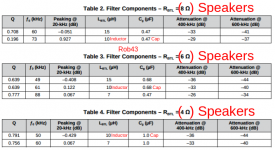 Screenshot_2020-06-30_at_4.35.53_PM_-_Edited.png108.3 KB · Views: 2,368
Screenshot_2020-06-30_at_4.35.53_PM_-_Edited.png108.3 KB · Views: 2,368 -
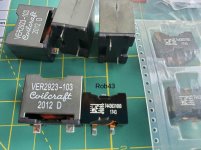 thumbnail_(23)_-_Edited_(1).jpg114.1 KB · Views: 2,332
thumbnail_(23)_-_Edited_(1).jpg114.1 KB · Views: 2,332 -
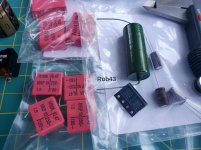 thumbnail_(22)_-_Edited_(1).jpg106.7 KB · Views: 2,449
thumbnail_(22)_-_Edited_(1).jpg106.7 KB · Views: 2,449
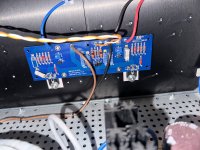
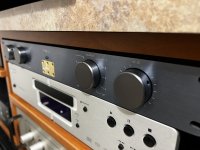
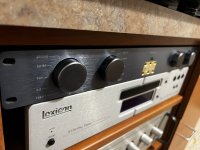
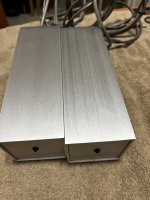

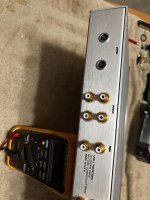
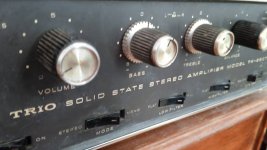
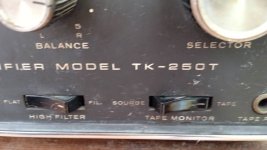
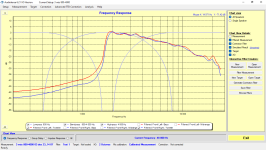
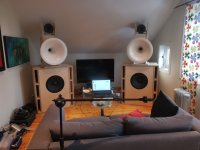
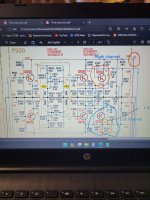

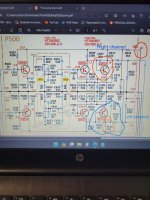








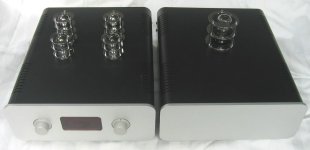
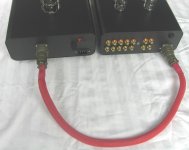
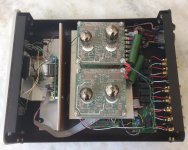
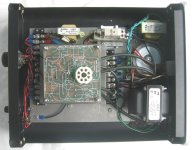
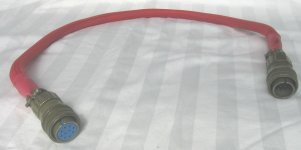
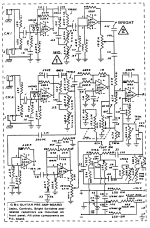
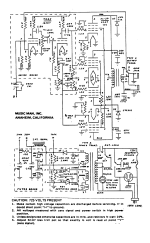
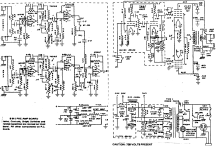
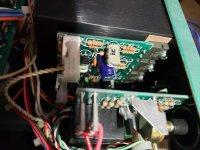
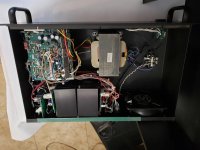
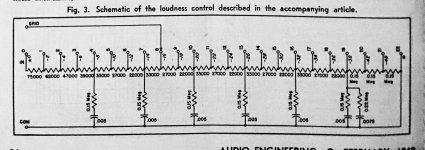
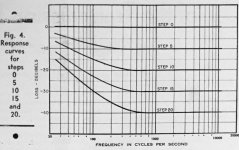
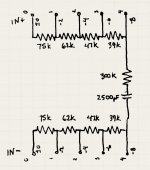


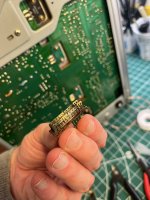
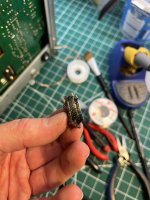
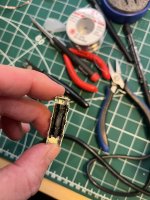
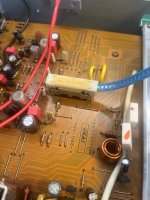

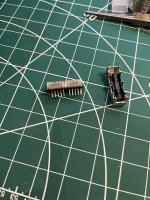
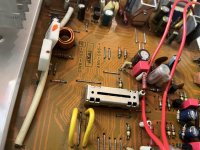
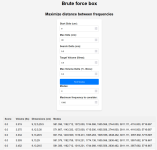
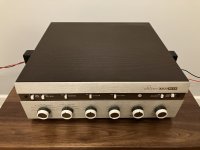
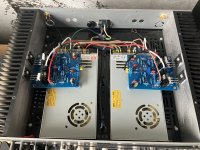
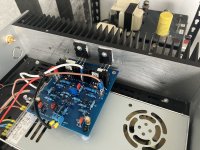

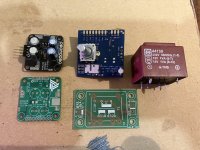



















![URL]]](/community/proxy.php?image=http%3A%2F%2F%5BURL%3D%27https%3A%2F%2Fi.ibb.co%2F9gYgnC2%2FIMG-0473.jpg%255b%2Fimg%27%5Dhttps%3A%2F%2Fi.ibb.co%2F9gYgnC2%2FIMG-0473.jpg%5B%2Fimg%5B%2FURL%5D%5D&hash=7e167281e769dfeffd21f04e72a6cafc)
